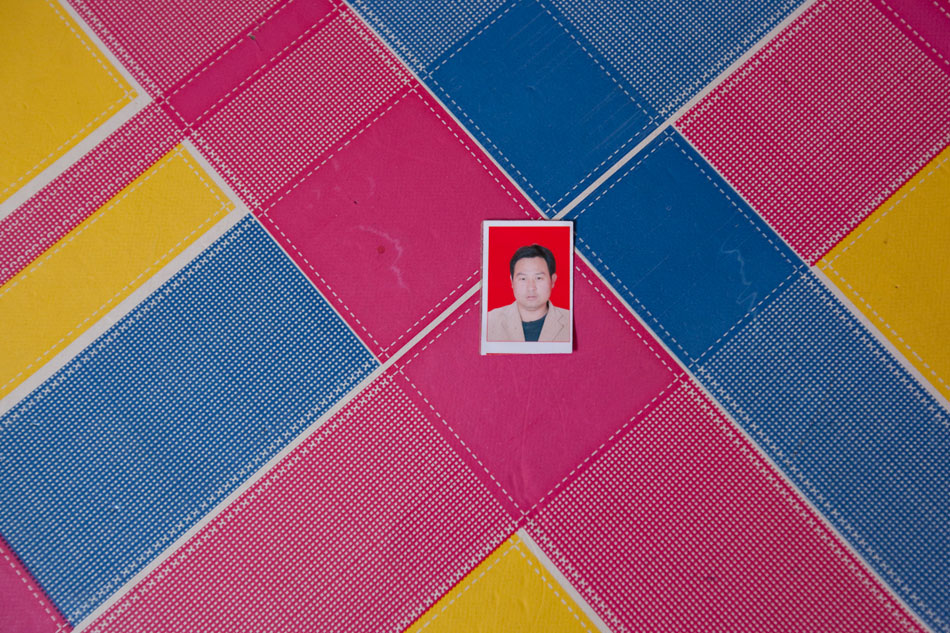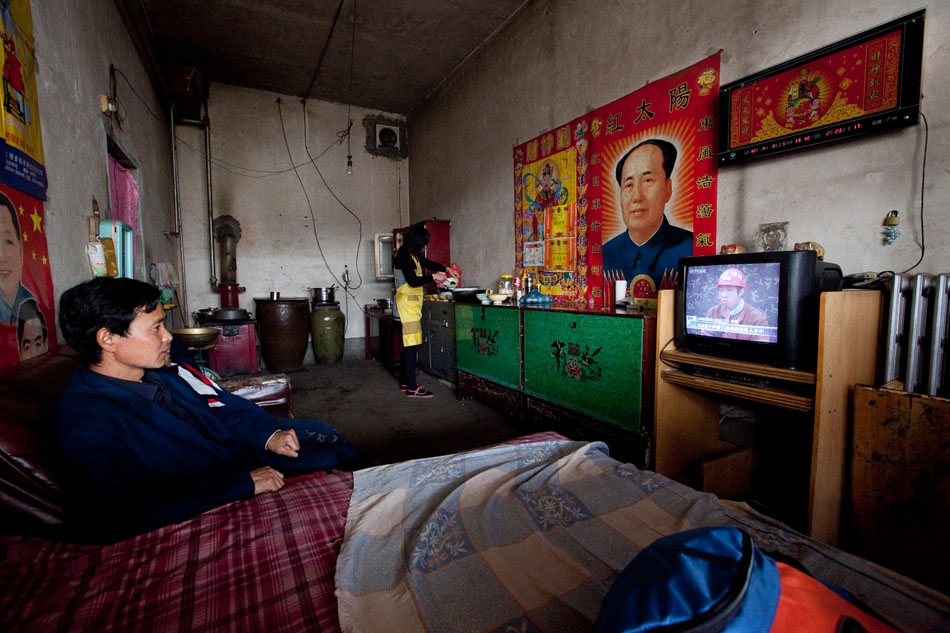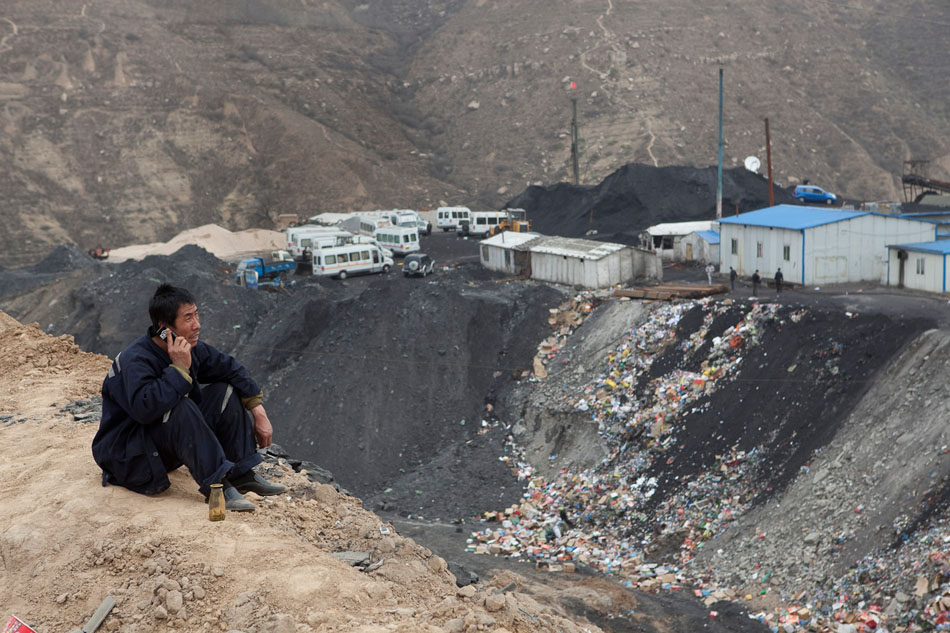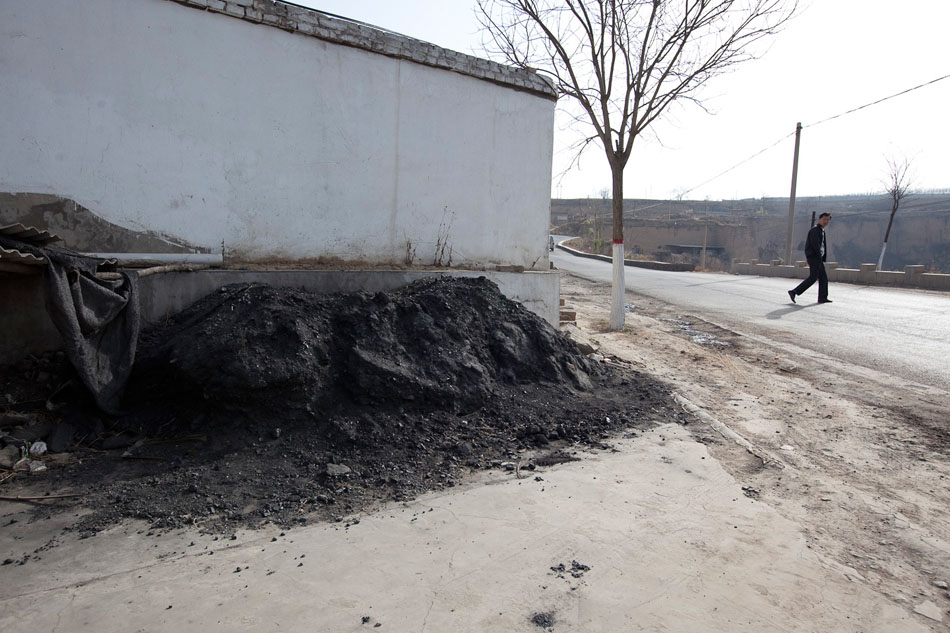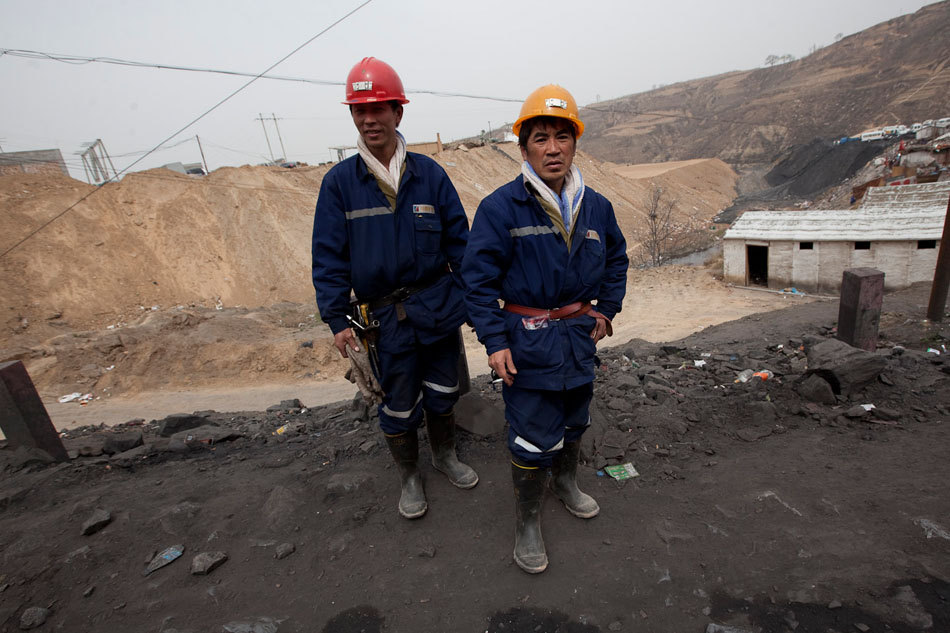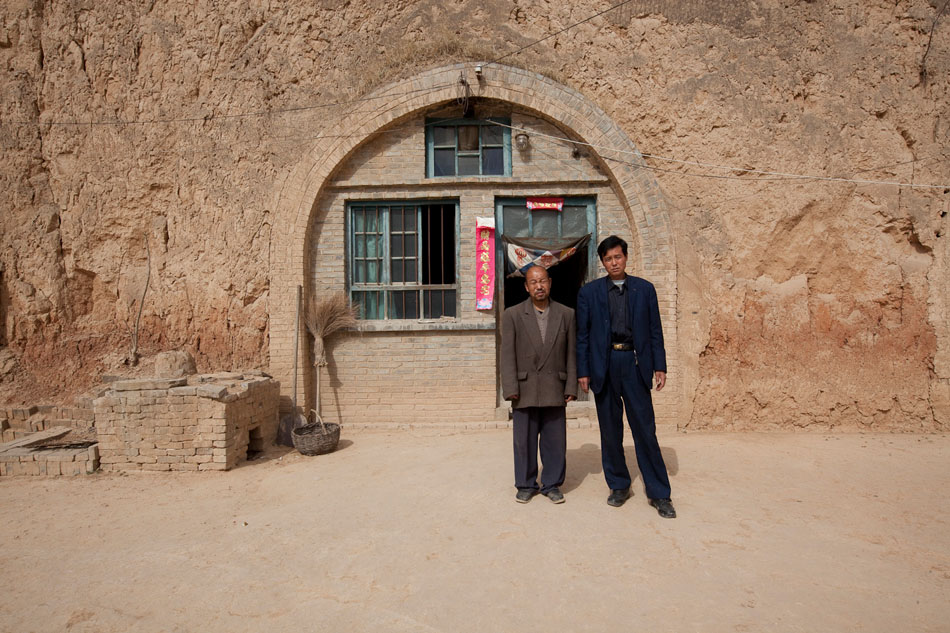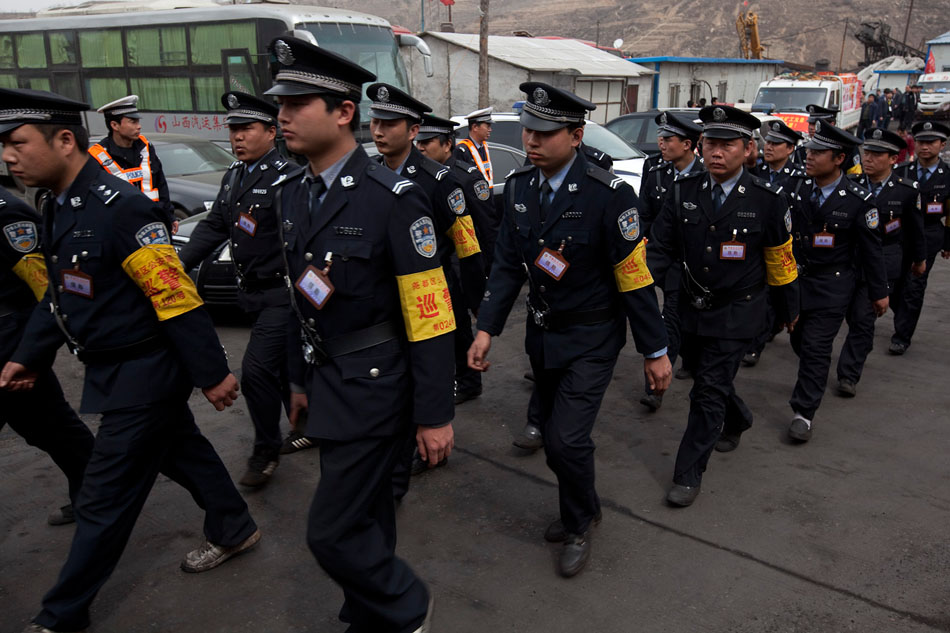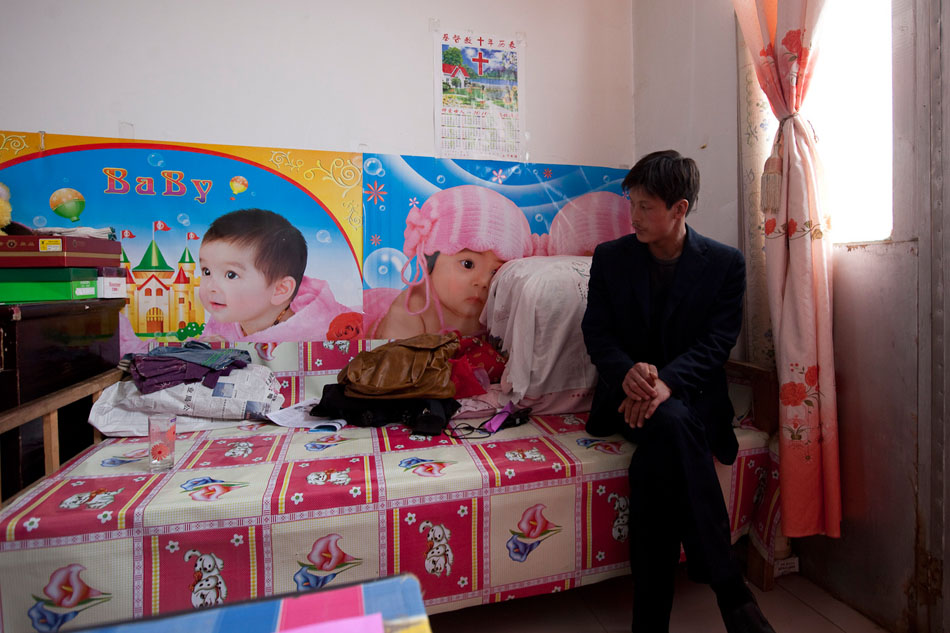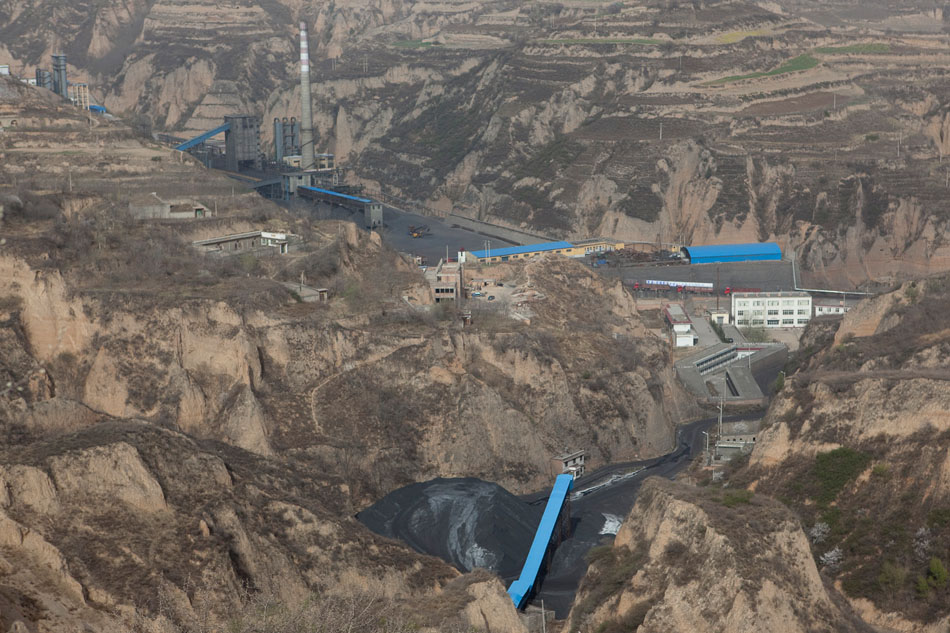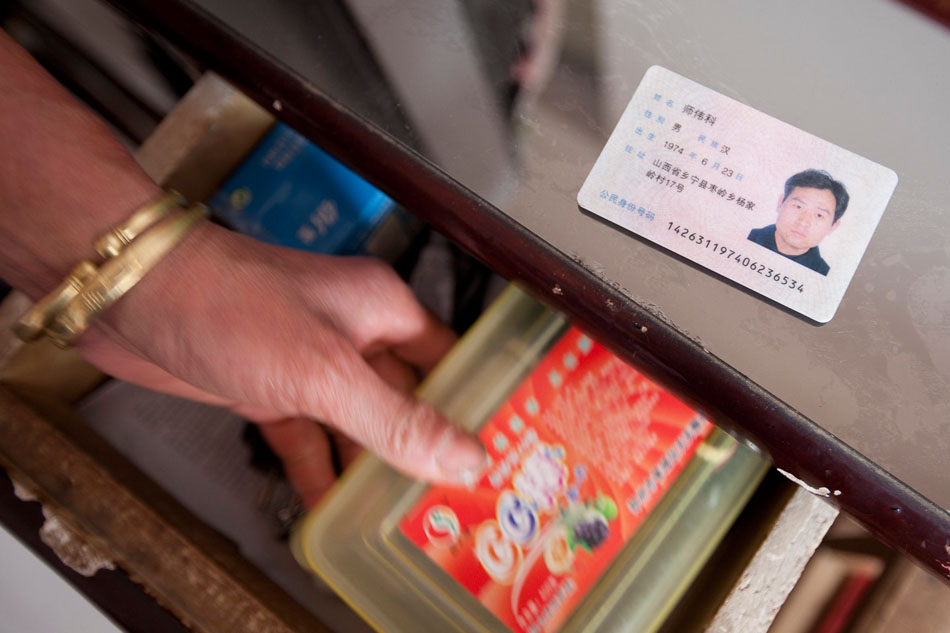This past weekend I embarked on a very intense assignments. Working with the potentially bereaved wife of a Shanxi coal miner, Shi Weike, only a week after a major mining incident was delicate work to say the least. Shi Weike moved between different jobs in rural Shanxi before taking up the dangerous but relatively lucrative position as an electrician in the Wangjialing coal mine. Coal is big business in the mineral rich but relatively poor province and provided Shi Weike with steady income to support his wife, Guo Qinqin, and daughter, Shi Rongrong. However, on the morning of March 28, the main shaft of the Wangjialing coal mine flooded when workers accidentally broke into an abandoned shaft filled with water. Although over a hundred miners were miraculously rescued over a week after the flooding, the fate of Shi Weike looked dark as the government still refused to list the names of the survivors and deceased. His uncle, Yang Shirong, faced the task of consoling Guo Qinqin who after two-weeks of waiting is began to lose hope for her husbands’s survival. Every day she stayed in bed and took an intravenous glucose drip due to her inability to eat. Shi Rongrong, her six-year-old daughter, was also not informed of the possible loss of her father. Like many other coal mining families Quo Qinqin will now have to seek compensation from the government in order to support her family. Coal miners die on an average of seven per day in Shanxi as safety regulations continue to be overlooked across the province. Taking the photos of Guo Qinqin on her mourning bed was one of the toughest things I have had to capture in my life. You can see the article and slideshow online at the Wall Street Journal website.
Shanxi Coal Mining Disaster for the Wall Street Journal
April 11, 2010
